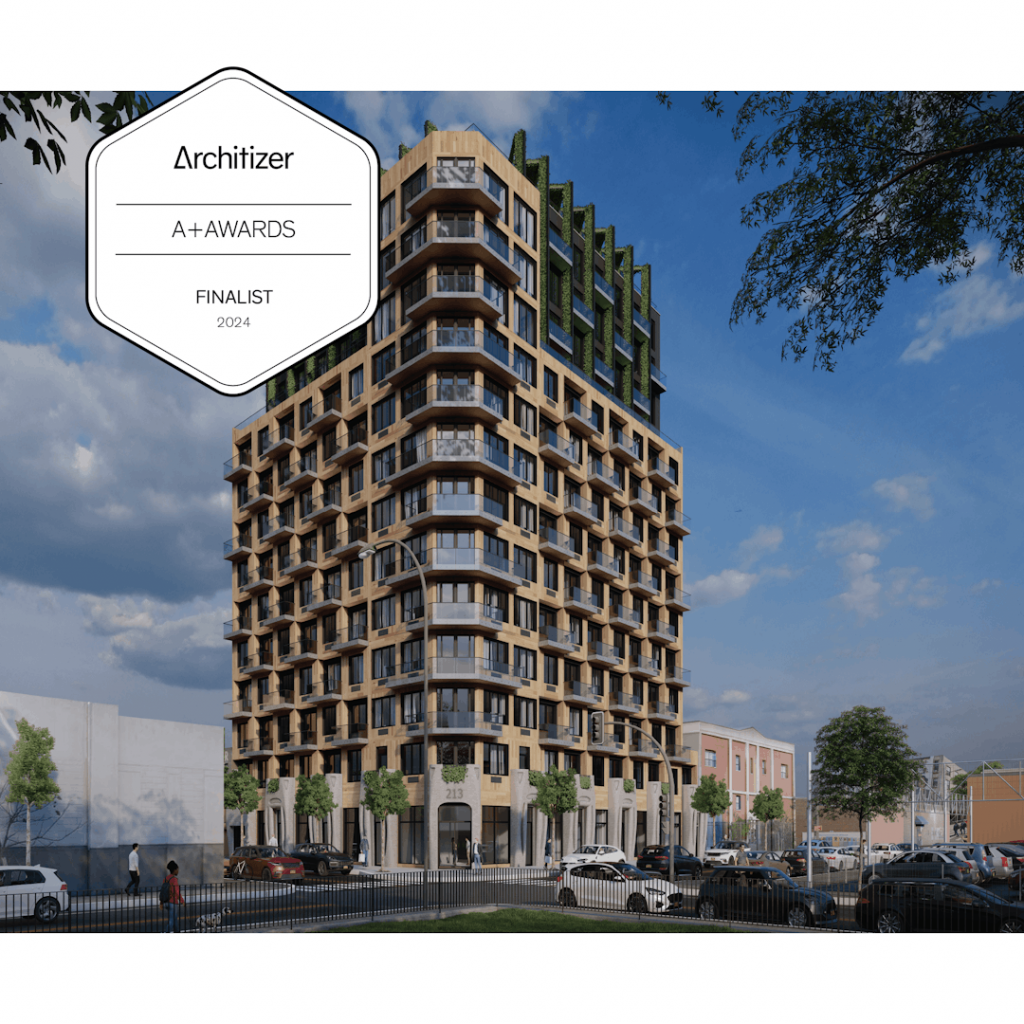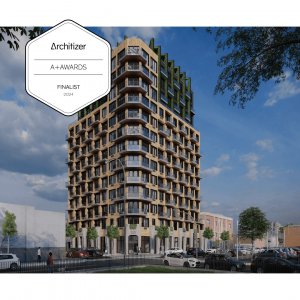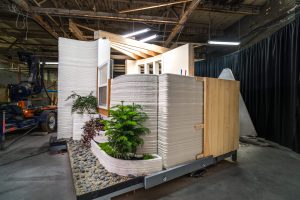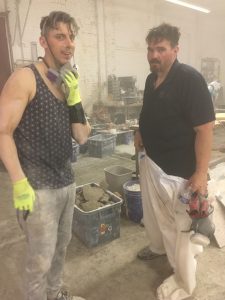Besides all of its other amazing qualities: freedom of design; more sustainable, less waste, the amazing Sika 3d printable concrete Madco3d uses is stronger, too. How can this wonder be possible, you ask? Science!

Sika’s science allows not only being able to achieve these amazing forms, but stacked up, pound-for-pound with ordinary Portland cement, 3d printed concrete comes is at 7250 psi (pounds per square inch) after curing time (28 days) vs Portland’s average 5600 psi. That’s a solid increase of over 30% besides the massive time savings and performance benefits.
Concrete is tested for compressive strength this way:

Compressive strength is measured by breaking cylindrical concrete specimens in a compression-testing machine. Compressive strength is calculated from the failure load divided by the cross-sectional area resisting the load and reported in units of pound-force per square inch (psi) or megapascals (MPa).. And 3d concrete wins…so when you invest in Madco3d, you’re investing in not only a better process, but better performance, time savings and profit!

3-dimensionally yours,
The Madco3d Team






2 thoughts on “Under pressure: our 3d printed concrete beats the norm”
Is there something different about the cement, that it doesn’t require the large carbon footprint of Portland cement? I keep seeing the word “sustainable” on this website, but there is nothing sustainable about cement — the mining and immense heating of the limestone, the haulage, etc. Please explain…
Thanks for your question! We’re truly aware of the carbon footprint of concrete. Part of our company mission is to address that issue. The material we print with has 65% less cement than traditional Portland concrete. We have very little waste when we print–we try to print only what we need, versus traditional methods of idling diesel-powered cement trucks and construction and demolition waste comprising 15% of landfills, estimated. We use a small mixer/pump unit and a robotic arm running on electricity, and a small team of people. No forms and molds needed. No drywall, siding or framing needed, further reducing material use and carbon footprint.